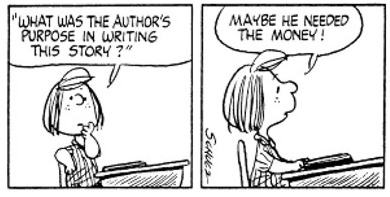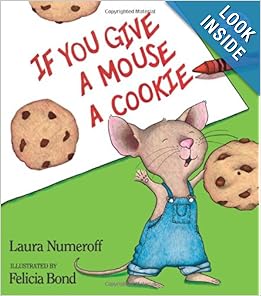These activities are super easy, interactive, and fun! Yes, it is possible to review key content and not use a scantron, paper, or even a #2 pencil!
I have used this activity as a whole group and in small groups. I always make a BIG deal about how "we don't allow no cheatin', peekin', or smilin' 'round here!" You've got to use your best poker face in Texas Hold 'Em! We would read the question and answer choices. Everyone would stay totally straight-faced! Then, you reach under the table or inside your desk. Choose the card that will be your answer. Turn it face down and hold it to your chest. Don't let ANYONE see your card. I would do the same thing. On the count of three, all of the kiddos would lay their cards on the table revealing their answer. Then, with much drama and fanfare, I slowly revealed my card! While they either rejoiced or moaned, I noted who missed that particular question. I usually used a blank page from my gradebook with their names down the side and the question numbers across the top. Thanks to the bright colored letters, wrong answers really stand out! Then, I had great data on what questions were missed and by whom!
Activity #2 Read Your Teacher's Mind
This activity was always a hit in my room! We used the same set of cards as before, but this time the kids had to try to read my mind. We would read the question and the answer choices. I would choose the correct card and hold it up to my head. The kids would have to "read my mind" and see if they could match my answer.
 |
| It was all I could do not to crack up during this activity because I always thought I looked like Johnny Carson when he did his Carnac the Magnificent bit on The Tonight Show! |
.JPG) |
| The kids choose their answer and hold up to their head just like you are doing! |
 |
| The kids love saying, "Grab it and go!" They have to leave their space right after we chant that. No stragglers allowed! |























































